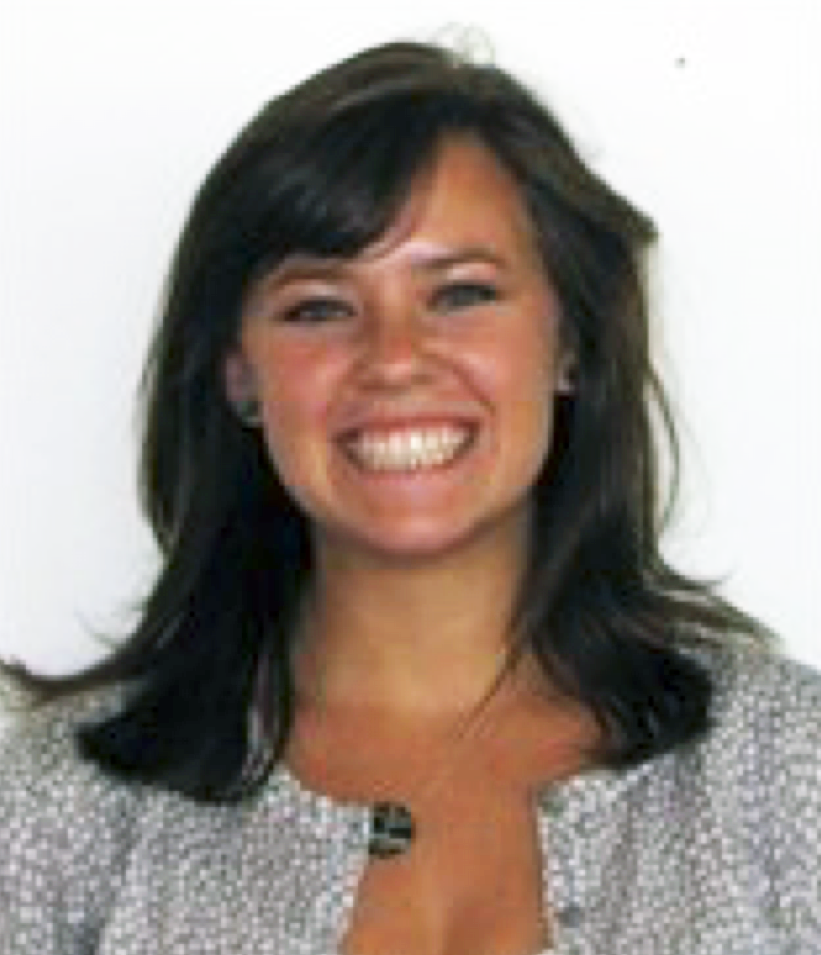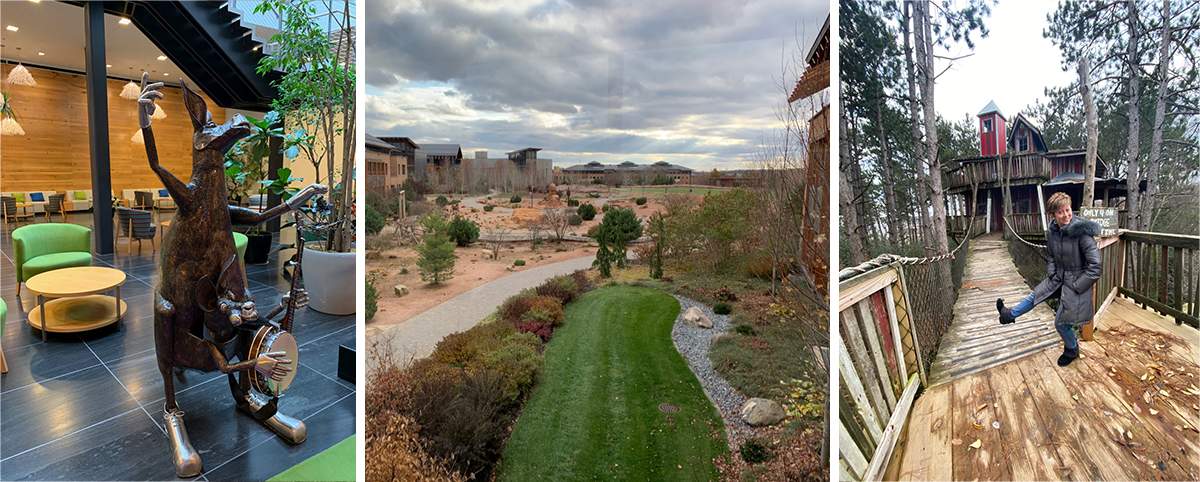In our “Stories from the Field” series, SageRiver sits down with senior leaders who are transforming their organizations for tomorrow. Our latest conversation is with Mallory Heinzeroth, who leads the Asia Pacific region for Epic. A global leader in healthcare IT, Epic is known for its electronic medical records software and implementations. The company stays at the leading edge of healthcare technology by investing in a creative culture based on collective learning, adventure and fun.
 The year was 1979. In a basement in Madison, Wisconsin, an unknown software engineer named Judith Faulkner decided to launch a business. She had a novel idea, but the road ahead was uncertain. Her goal was to develop software that would enable healthcare providers to improve patient care.
The year was 1979. In a basement in Madison, Wisconsin, an unknown software engineer named Judith Faulkner decided to launch a business. She had a novel idea, but the road ahead was uncertain. Her goal was to develop software that would enable healthcare providers to improve patient care.
With 1-1/2 employees and a $70,000 investment, she established a company whose software now benefits 250 million people worldwide. She also helped create the electronic medical records industry, which revolutionized the way doctors and hospitals care for patients.
It’s the stuff of tech legends.
“Our philosophy is very simple: Do Good, Have Fun, Make Money—in that order,” said Mallory Heinzeroth “Our work affects both individuals and our societies at large, so we have a huge responsibility to do the right thing and help shape systems to improve patient care.”
In a Galaxy Far, Far Away
Known for its unique culture, Epic takes a “learners welcome” approach that fosters innovation and continuous improvement. The company doesn’t require employees to have healthcare technology experience and commits to train and develop them throughout their careers. Epic’s growth mindset extends far beyond on-the-job training and tuition reimbursement, however, as even a quick trip to its headquarters shows.
Located in rural Verona, Wisconsin, the Epic campus is a galaxy unto itself. (In fact, Epic refers to it as the “Intergalactic Headquarters.”) Whimsical artwork dots the landscape, and a treehouse often serves as a meeting spot.

All photos courtesy of Mallory Heinzeroth
Ad hoc employee groups—known as “Motley Crews”—can be seen playing board games, competing in sports or exploring other shared interests after work. Participation is voluntary and employee-led, but it’s all part of Epic’s commitment to fostering an engaging workplace.
“We’ve done a lot of research about what it means to have an enriching, productive environment that inspires people,” Heinzeroth said. “We allow space for people to be creative, have fun and try something new.”
To that end, Epic organizes a “Shark Day” to give employees the opportunity to learn together about topics outside their work. The company also enlists speakers and professors from the University of Wisconsin – Madison to lead classes and workshops. Epic employees teach seminars as well.
The activities build camaraderie and create an expectation of continual growth, Heinzeroth said.
“There’s always a new learning adventure, so it feels like something people do every day rather than something that is a set requirement. That’s an aspect of our culture that is unique in the business world.”
Iliads, Odysseys, Sabbaticals
The fun continues off campus through Epic’s adventure and exploration programs, which support experiential learning inside and outside the United States.
Each year, Epic plans Odysseys to far-flung—and often difficult-to-reach—locations. Any employee can sign up for these opportunities to join colleagues on a vacation, and friends and family members are welcome.
After two years with the company, employees who travel for work can earn an Iliad adventure underwritten by Epic. Employees can choose where they go and how they spend their time. The goal is to give them an opportunity to recharge and have fun.
Employees are also eligible for a paid four-week sabbatical every five years, which they can spend in the place and manner of their choosing. Some enjoy time at home exploring outside interests, while others travel internationally to volunteer or experience different cultures. Epic pays a portion of the costs.
Although these adventures have no direct connection to Epic’s work, employees post pictures online and return to the office with renewed energy and fresh learnings.

Mallory Heinzeroth during a sabbatical in New Zealand.
Fuel for Success
After 40 years, Epic now numbers 10,000 strong. It continues to be an innovation leader and enjoys one of the highest employee retention rates in the industry.
Its learning-and-adventure-fueled culture may be a reason why.
“We invest in not-so-basic benefits because they help broaden the views and perspectives of people who work here, which, in turn, makes us better able to design and implement software for all people especially those who may be different from us,” Heinzeroth said.
The results have driven Epic’s success—and improved the lives of patients worldwide.
To learn more about building learning and adventure into your organizational culture, contact SageRiver at (720) 443-2551.

